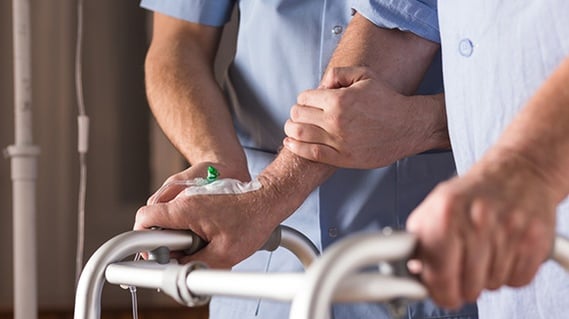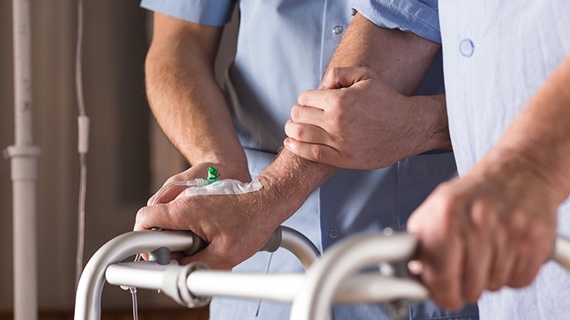
The risk of legionella in care homes is one that shouldn’t be underestimated. According to figures from Public Health England, a large majority of confirmed Legionnaires’ disease cases affect the elderly (84.9%), as well as individuals with pre-existing medical conditions or a history of smoking (73.4%). And for over-70s, almost one in five cases (18.6%) are fatal.
So what can care homes do to control this risk and protect their residents from waterborne disease? Read on for our introduction to legionella control in the social care sector.
Understanding the legionella risk on your premises
Before you can do anything else to combat legionella, you need to understand your water system. The HSE Approved Code of Practice, L8, recommends that you carry out – or employ a competent person to carry out – a complete survey of your premises’ pipework, water tanks, and other water infrastructure, both in and out of use. This should include a schematic diagram showing, in a simple way, the relative positions of each component and how they connect.
This will help you:
- Identify and remove dead legs, ensuring your pipework is as short and direct as possible;
- Identify whether or not pipes are insulated against temperature fluctuations that might encourage legionella growth;
- Identify risks around building materials and contamination of water tanks.
For a wider-reaching overview of the risks, check out our infographic: 7 risk factors for legionella in a care home.
Using temperature control to combat legionella
Perhaps the most commonly used method to combat legionella is temperature control. The HSE advises that hot water should be stored at 60° C or above (or 55° C for heaters with a capacity of less than 15 litres) and distributed at 55° C, and that cold water should be stored at below 20° C. This avoids the 20° to 45° C temperature range at which legionella thrives.
The higher temperatures may represent a scalding risk for elderly residents, so be sure to install thermostatic mixing valves (TMVs) where necessary. These should be located as close to the outlet as possible and serviced regularly – see our guide to TMV maintenance for more information.
Establish a thorough inspection and maintenance regimen
If you want to keep the risk of legionella in your care home under control, you should be prepared to keep your water system well-maintained. Cold water tanks should be cleaned regularly, for example, and outlets like shower heads should be dismantled, cleaned and descaled at least once per quarter.
You should also identify infrequently used outlets – such as taps in unoccupied rooms – and flush them twice weekly to stop standing water from stagnating and encouraging legionella growth.
Keep written records of legionella risk and control measures
Lastly, remember that employers with five or more employees are required by law to have written records of their legionella risk assessment, its findings, corrective work and precautionary measures taken to combat the risk, and any other relevant information on their legionella control regimen. If this information is incomplete, regulators might deem the organisation to have fallen short of its compliance responsibilities.
If you’re unsure of how to manage the water safety within your home, download our free guide – it'll give you a complete overview of the risks and how you can address them.








